
Added to cart


The Battle of Britain was the prelude to Germany’s planned invasion of Britain (Operation Sealion). Prior to the invasion the German’s required air superiority. They failed to do this due to Britain’s planned strategy, Operation Sealion was cancelled.
With this threat over Britain and the RAF were to go onto the offensive role. This required more airfields, especially in the South and East. The airstrip at Bradwell on Sea was chosen for expansion. This was following extensive surveys, land requisitions and consultations.
RAF Station, BRADWELL BAY was formed as a self-accounting, one squadron, night fighter Station in the Hornchurch Sector on 28th November 1941. The Station was still under construction, but was expected to be completed in mid-January 1942, but shortage of materials and later two months of very severe weather put the operational date back some three months.
On 25th February 1941, work was commenced to provide three concrete and tarmacadam runways, the main running N.E. – S.W. some 1400 yards, another N.W. – S.E. some 1200 yards, and a third N. – S. of 1000 yards.
In the summer of 1941, it was decided to extend the N.E. – S.W. runway to 1600 yards in a North-Easterly direction and in December of the same year a decision was reached to take the N.W. – S.E. runway to 1400 yards.
The first officers started to move in in the autumn of 1941, this included the First Station Commander Squadron Leader R.A.R. Coote-Robinson. Flying Control Officers, Medical Officers, Payroll officers were among the staff moving in.
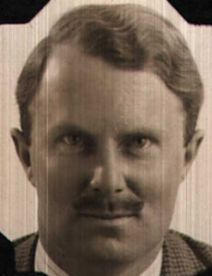
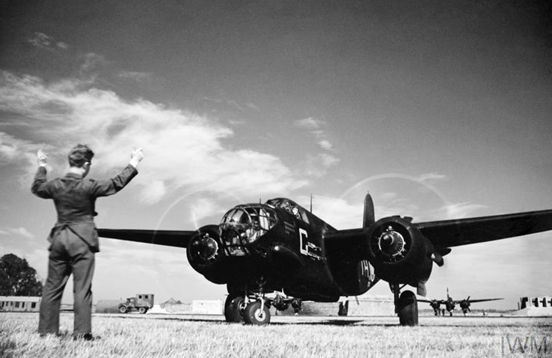
© IWM 7210
Opening an airbase of this size was not a simple exercise, various factors had to be considered, such as:
The large expansion of the station would encompass the village of Bradwell on Sea so the village would come under military security. The Queens Head on the only road into the village was taken over as the gatehouse to the area, even villagers would need a pass to get into Bradwell.
The station became operational on 15th April 1942 when the first squadron moved in. This was 418 Squadron which was a Royal Canadian Airforce squadron, who had been waiting at RAF Debden for Bradwell to become available. Although primarily a RCAF squadron it was also supplemented by RAF Crew, many transferring from 23 Squadron. They arrived at RAF Bradwell Bay with Boston lll Havoc’s and were to remain at Bradwell until early 1943.
Their role was to fly intruder raids to Europe, mostly the Netherlands. The first operational mission was the day following moving in, 16th April 1942. Night Intruder Patrol 16/17.4.42 One BOSTON III, No. 418 Squadron; Pilot, P/O STABB, Observer, SGT RICHES; Air Gunner SGT TAYLOR; took off at 21.54 hours to patrol Gilze-Rijen, bombs dropped at HAAMSTEDE. Aircraft landed BRADWELL BAY 00.30 hours. Weather was good, haze over target.
The RAF Bradwell Bay Preservation Group marked this occasion with a candlelit vigil at the memorial at 21.54 on 16th April 2022, commemorating the 80th Anniversary of this event.
Intruder missions, being usually a single aircraft operation were very dangerous. Although Bradwell’s operational time in 1942 was not a full year it had the highest aircrew losses of all the years RAF Bradwell Bay was operational at 49%.
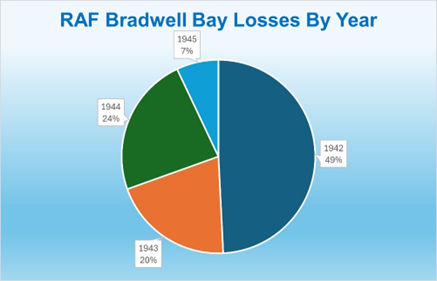
Bradwell Bay was involved in some major operations of WW2.
RAF Bradwell Bay was a busy airbase 24 hours a day. It was designated a Night fighter station in 11 Group. It was never an official emergency landing ground but many aircraft including Lancasters, Halifax’s and B17’s made emergency landings there.
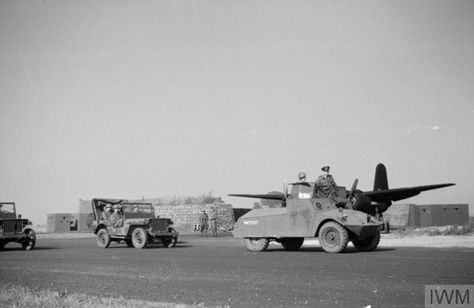
© IWM (CH 7917) RAF Regiment at Bradwell Bay
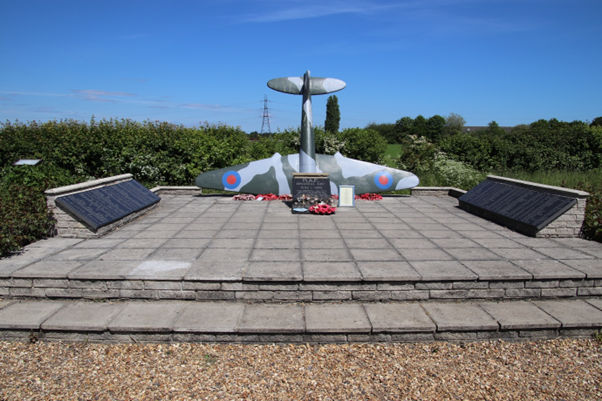
© Authors Collection
Follow the history of RAF Bradwell Bay on our website
Year by year history to follow.
and Facebook
RAF Bradwell Bay Preservation Group